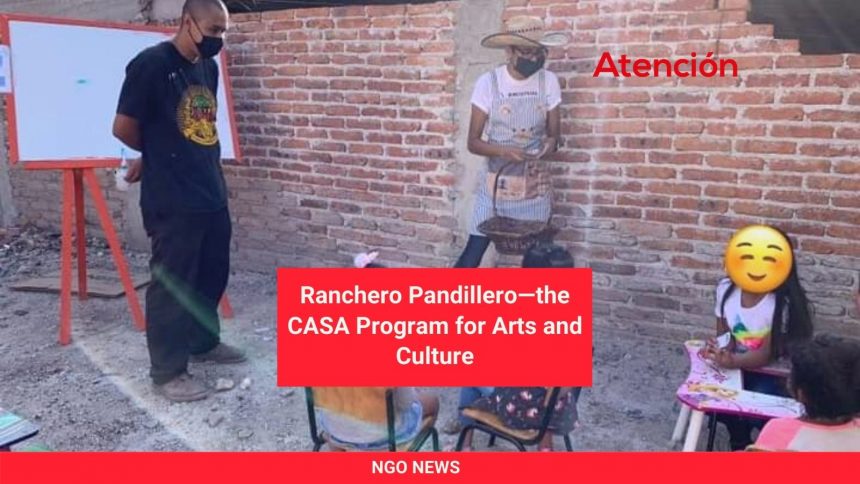By Gloria Larios
Be honest—when you see a young man with tattoos and low-slung pants, what’s your response? Do you shy away? Do you clutch your purse or check for your wallet?
People join gangs for the same reason that you join groups—to be part of something bigger than yourself, for a sense of safety and protection, or to belong. But gangs take young people down dark paths.
The cycle of poverty, domestic violence, low levels of education, and substance abuse create the conditions for gang recruitment. They promise kids they’ll have a true family that will protect them, understand them, and fight for them. It’s a powerful message for a kid who likely has low self-esteem, feels chronically under attack, and has few or no opportunities.
The complexity of what precipitates gang participation means that no single program can fix it. But CASA’s Ranchero Pandillero anti-gang program helps young people by embracing self-expression through urban art and music. And it’s working. The people who run the program have lived that transition.
Take a walk through almost any San Miguel de Allende Colonia and you will see murals. Some are funded by the municipality, while others are paid for by residents and businesses. Ranchero Pandillero contributes to this burst of urban art and is receiving commissions beyond San Miguel. The urban art of Ranchero Pandillero embraces traditional Mexican, Aztec, and Nahuatl cultures. Ranchero Pandillero has strict rules—no tagging churches, historical sites, or schools. Break that rule, and you’re out.
Music offers another powerful medium for self-expression. What could be better than finding your words and recording them for others to appreciate? But often, when young people first connect with CASA’s Ranchero Pandillero program, they are sullen and “crude,” according to program directors. The newcomers often are so angry that they simply spit out “stupid” words.
The CASA program encourages young people to read dictionaries and listen to other musicians’ lyrics to build their vocabulary and learn the thrill of a new rhyme or word that expresses what needs to be said. In this way, Ranchero Pandillero participants connect with CASA’s extensive library program. There is also a recording studio on-site, so once a piece is tight, artists can record their track.
This CASA program offers a lot to youth to learn life and artistic skills. The program also offers San Miguel a group of young people who are passionate about art and culture. It works in barrios to lower rates of violence. What’s not to like?
Our community tends to look at participants in the Ranchero Pandillero program with distrust. This makes getting the Ranchero Pandillero’s message across difficult, even when San Miguel clearly needs this program!

